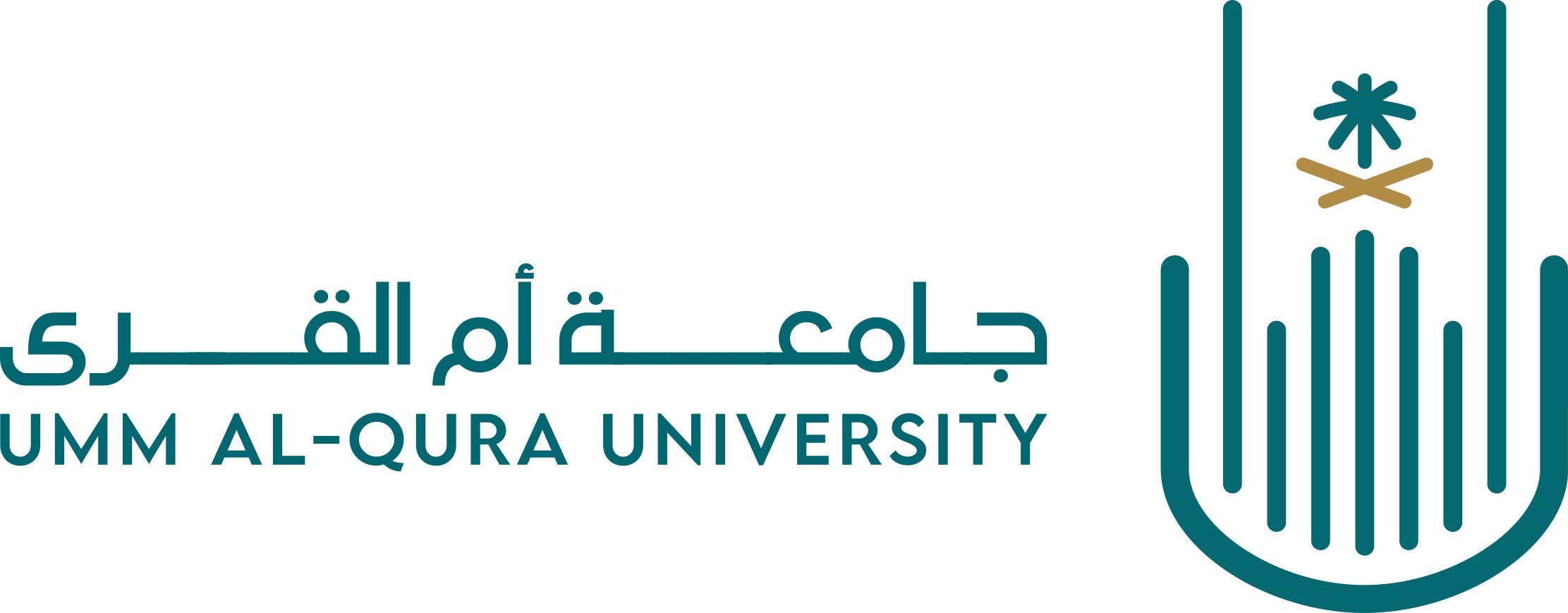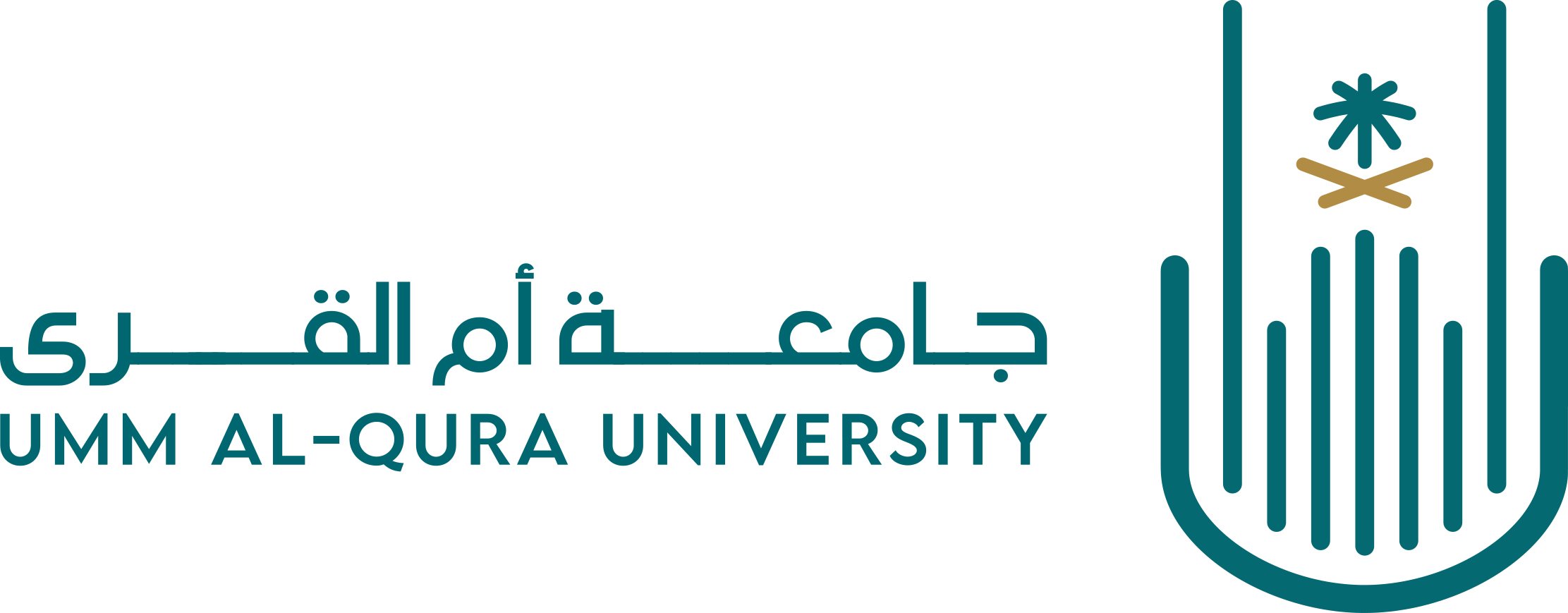- Communities& Collections
- Browse Items by:
- Issue Date
- Author
- Title
- Subject
مناخ منى الدقيق لوادي منى
An extensive field study was in 1997 of the effects on the microclimate of the large (~ 2 million) gatherings of pilgrims in the small enclosed Mina Valley near Makkah in Saudi Arabia and of the likely feedback of these effects on the comfort of the pilgrims. Meteorological measurements at a number of surface stations throughout the valley over the Hajj periods, including times when pilgrims were not present; these were supplemented by some tethered-balloon sonde ascents to examine the vertical structure and fluxes of sensible and latent heat and by some mast profile measurements both in the valley and at a nearby site. The dominant effect of the Hajj on the Mina Valley is the increased humidity during the day associated with the use of water for washing, cooking and air conditioning when vapour pressure is on average 6mb higher than outside the valley. In the areas where the pilgrims gather for their religious rites the temperatures and humidity are higher by 0.8º C and 2.8mb respectively compared to the tented living areas in the valley. During the middle of the day large upward fluxes of heat (~ 620 Wm-2) and water vapour (~ 670 Wm-2) were measured from the tether – balloon sonde. Although much greater than available radiative energy these were found to be realistic when the additional heat sources and water usage in the Valley were considered. Additional significant heat sources were those due to transportation which can supply 40 – 50 Wm-2 at times when the pilgrims are arriving or leaving the valley, while electricity use provides ~ 20 Wm-2 Metabolic heat production from the pilgrims in the areas of largest gatherings is likely to exceed 1k Wm-2 during the day and 200 Wm-2 at night. The instability of the boundary layer is very important for removing heat and water vapour away from the surface. In this contest the artificial and metabolic heat sources at the surface can assist in the maintenance of the instability, particularly during the night. The additional discomfort experienced by the pilgrims is related mainly to the increased humidity and is equivalent to an increase of -5 in temperature (above the air temperature) with the maximum discomfort occurring during the afternoon.
| Title: | مناخ منى الدقيق لوادي منى |
| Other Titles: | The Microclimate of Mina Valley During Hajj Period |
| Authors: | سيري, عمر عنبر |
| Subjects :: | الأحوال الجوية منى |
| Issue Date :: | 19-December-2007 |
| Publisher :: | معهد خادم الحرمين الشريفين لأبحاث الحج والعمرة - جامعة أم القرى |
| Series/Report no.: | أبحاث الملتقى العلمي 7;4 |
| Abstract: | An extensive field study was in 1997 of the effects on the microclimate of the large (~ 2 million) gatherings of pilgrims in the small enclosed Mina Valley near Makkah in Saudi Arabia and of the likely feedback of these effects on the comfort of the pilgrims. Meteorological measurements at a number of surface stations throughout the valley over the Hajj periods, including times when pilgrims were not present; these were supplemented by some tethered-balloon sonde ascents to examine the vertical structure and fluxes of sensible and latent heat and by some mast profile measurements both in the valley and at a nearby site. The dominant effect of the Hajj on the Mina Valley is the increased humidity during the day associated with the use of water for washing, cooking and air conditioning when vapour pressure is on average 6mb higher than outside the valley. In the areas where the pilgrims gather for their religious rites the temperatures and humidity are higher by 0.8º C and 2.8mb respectively compared to the tented living areas in the valley. During the middle of the day large upward fluxes of heat (~ 620 Wm-2) and water vapour (~ 670 Wm-2) were measured from the tether – balloon sonde. Although much greater than available radiative energy these were found to be realistic when the additional heat sources and water usage in the Valley were considered. Additional significant heat sources were those due to transportation which can supply 40 – 50 Wm-2 at times when the pilgrims are arriving or leaving the valley, while electricity use provides ~ 20 Wm-2 Metabolic heat production from the pilgrims in the areas of largest gatherings is likely to exceed 1k Wm-2 during the day and 200 Wm-2 at night. The instability of the boundary layer is very important for removing heat and water vapour away from the surface. In this contest the artificial and metabolic heat sources at the surface can assist in the maintenance of the instability, particularly during the night. The additional discomfort experienced by the pilgrims is related mainly to the increased humidity and is equivalent to an increase of -5 in temperature (above the air temperature) with the maximum discomfort occurring during the afternoon. |
| URI: | http://dorar.uqu.edu.sa//uquui/handle/20.500.12248/131308 |
| Appears in Collections : | 2- المحور الثاني: البحوث البيئية والصحية |
| File | Description | Size | Format | |
|---|---|---|---|---|
| الملتقى السابع.pdf | الملتقى | 296.04 kB | Adobe PDF |  View/Open |
Items in D-Library are protected by copyright, with all rights reserved, unless otherwise indicated.



Comments (0)